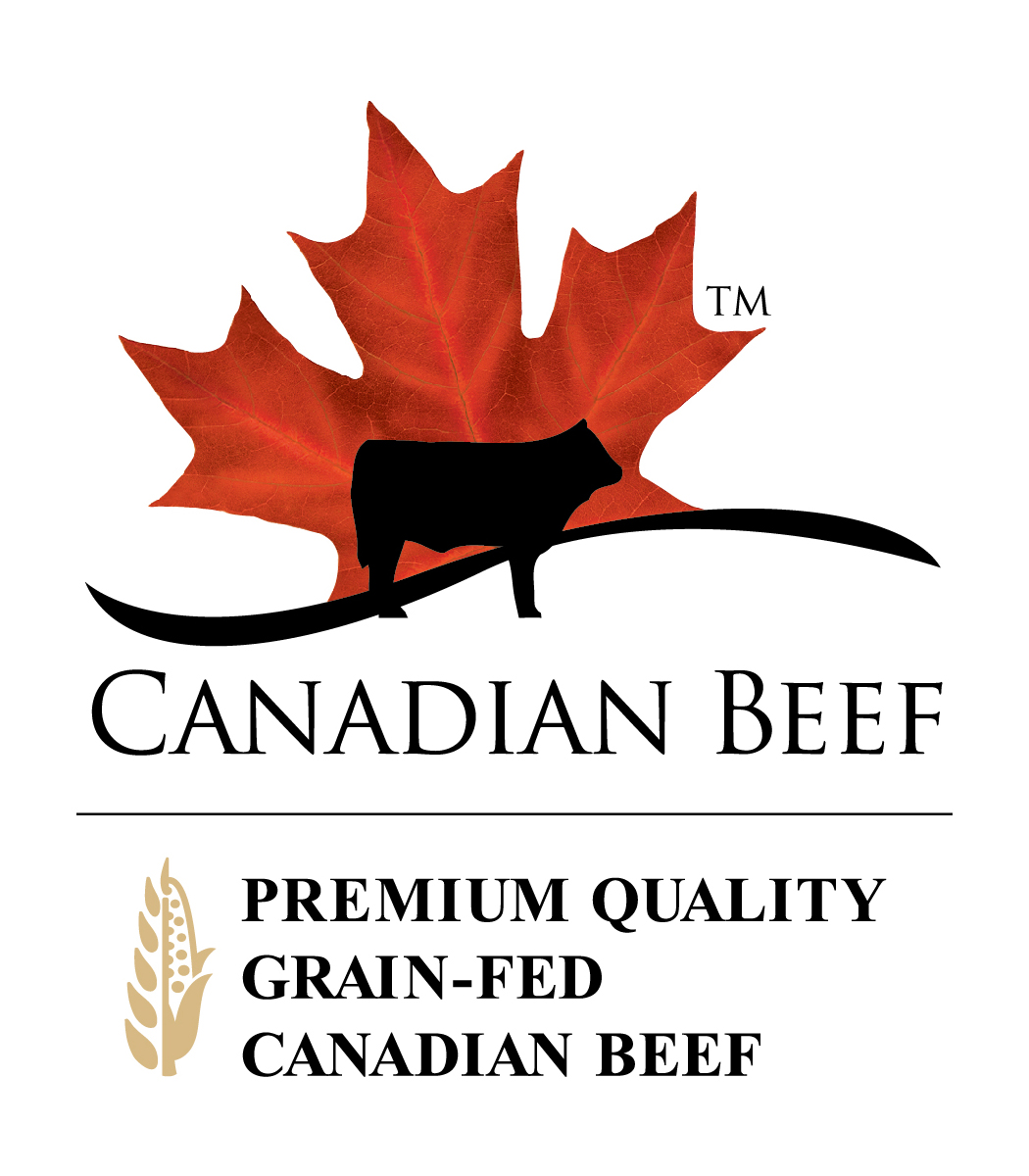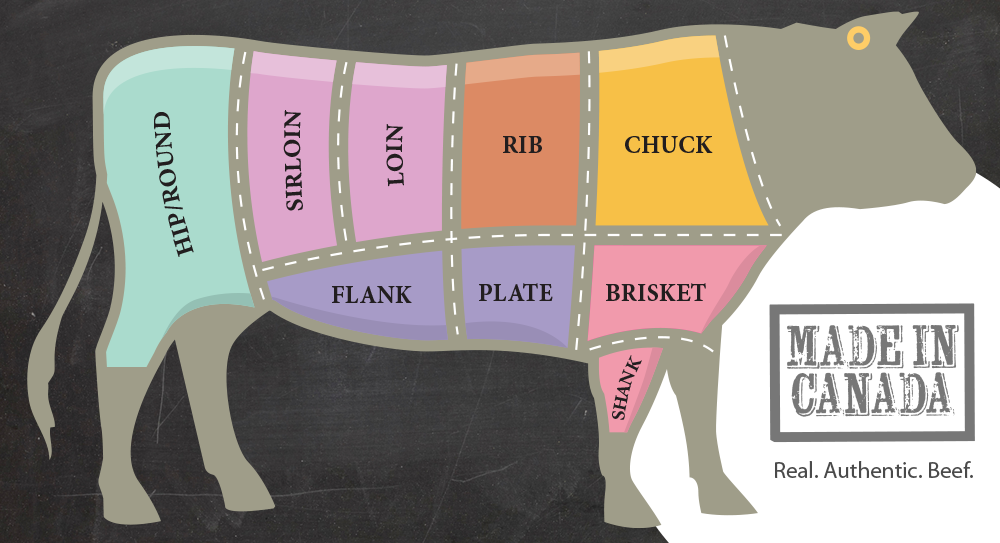- +886-2-8780-1206
- +886-2-8780-1207
- [email protected]
- 台北市信義路五段5號7樓7C12室
Copyright © 2025 Canadian Beef. All rights reserved. Any unauthorized use is strictly prohibited. Privacy Policy.
Design By iwondersee with
Design By iwondersee with


